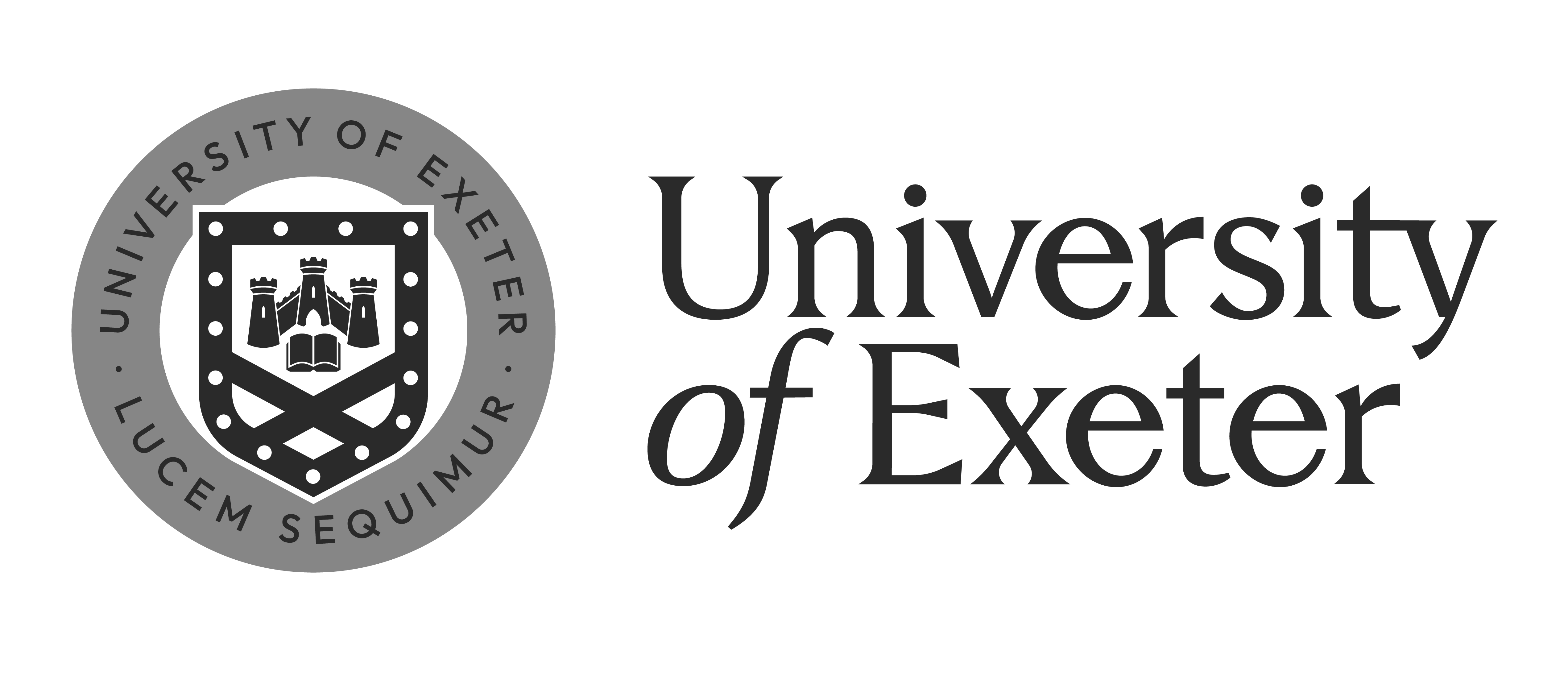S1802 Italian Contemporary History in Films
Professors
Schedule
Course Description
The course is an introduction to modern Italian politics, society and culture in a historical and comparative perspective. Lectures will revolve around six major Italian movies, which will be the object of collective discussion: Il Gattopardo by Luchino Visconti, Amarcord by Federico Fellini, La Notte di San Lorenzo by Giuseppe and Paolo Taviani, Don Camillo by Julien Duvivier, Mimì metallurgico ferito nell’onore by Lina Wertmueller and Il Caimano by Nanni Moretti. The idea is that films can be useful as a starting point for historical discussion, as documents of the time in which they were made, as historiographical texts on the period in which they are set and as historical agents, as they are constantly reinterpreted and can influence culture in different successive moments. They can also be useful because they talk about individuals, daily life, family and personal relations; they involve a “mise-en-scène” which bring history much closer to life, and oblige us to discuss events and phenomena also at a micro level, bringing in themes related to gender, family, and collective psychology.
The period covered by the course runs from 1796 to 2016, i.e. from the process of Nation-Building to the Present. Similarly to Germany and unlike Spain, Italy is a new nation-state. The beginning of the process of unification can be traced back to the Napoleonic Age, which saw the diffusion of ideals of Liberalism, Democracy and Nationalism. The foundation of the new Kingdom (1861) was followed by attempts to forge a common identity in the context of a liberal but conservative State, which formed the basis of the first industrialization. After the Great War, the peninsula saw the rise of the first Fascist Regime in Europe, as a result of an alliance between Mussolini, the Monarchy and the Catholic Church. Military defeat and the 1943-45 Civil War, paved the way for a Republic, characterized by a blocked political system with the Catholic Party in power and the largest Communist Party in the West on the opposition. In 1992-94 the judicial investigation and arrests of corrupt politicians contributed to a revolution in the party system, which laid the foundations of the present political landscape. The course will also deal with issues like Church-State relations and the influence of Catholicism, origins and development of the Mafia, the North-South divide, social transformations, emigration and immigration, the 1968 movements, the economic miracle and development of the 'Made in Italy' concept, and controversies involving Berlusconi. The general focus will be on the relationship between politics and society.
A set of readings downloadable from the course e-learning platform provides further insight, including articles by the leading scholars published in English, such as John Davis, Adrian Lyttelton, Paul Corner, Gianfranco Pasquino, Percy Allum and Perry Anderson.
Students are expected to attend classes, watch all the movies and actively participate to group discussions; form a team with other mates and introduce one of the movies to the rest of the class; submit a final research paper at the end of the semester. It is particularly important students are present to the discussions of films, as absences to discussions will particularly affect final evaluation.
Syllabus
The course will be divided into six units:
1) Il Gattopardo - the Risorgimento and its aftermath 1796-1871 (weeks 1-2)
2) Amarcord - the origins and development of Fascism 1872-1935 (weeks 3-4)
3) La Notte di San Lorenzo - Fascism, War and Resistance 1936-1945 (weeks 5-6)
4) Don Camillo - the Republic and the Cold War 1946-1962 (weeks 7-8)
5) Mimì metallurgico ferito nell’onore - Economic Miracle, 1968 and the 1970s (weeks 9-10)
6) Il Caimano - Postfordism and crisis of democracy 1980-2017 (weeks 10-11)
Each one of the units will consist in (a) an introductory lecture on the historical context of the time in which the movie is set; (b) an introductory lecture on the director and the time in which the movie was produced (c) introductory presentations by students; (d) a general discussion.
Movies will be screened out of class.
Detailed information about the course, guidelines and useful materials will be available during the semester in the e-learning platform, which students will be asked to consult regularly, writing comments, if asked.
Evaluation
10% attendance
20% contribution to discussion of movies
30% oral presentations
40% final research paper
Reading
CINEMA AND HISTORY (methodology)
Pierre Sorlin, The film in history: restaging the past, Noble Books, Totowa 1980
ITALIAN CINEMA (quick reference for all movies, like a dictionary)
Peter E. Bondanella, A History of Italian Cinema, Continuum, New York 2009
ITALIAN CINEMA (themes, with reference to some of the movies)
Giacomo Lichtner, Fascism in Italian cinema since 1945: the politics and aesthetics of memory, Victoria University of Wellington, Palgrave Macmillan, Basingstoke 2013
Vincent F. Rocchio, Cinema of anxiety: a psychoanalysis of Italian neorealism, University of Texas Press, Austin 1999
Angelo Restivo, The cinema of economic miracles: visuality and modernization in the Italian art film, Duke University Press, Durham 2002
Jacqueline Reich, Beyond the Latin lover: Marcello Mastroianni, masculinity, and Italian cinema, Indiana University Press, Bloomington 2004
Marga Cottino Jones, Women, desire, and power in italian cinema, Palgrave MacMillan, New York 2010.
ITALIAN HISTORY AND CULTURE (books with useful material for context of all the movies)
David Forgacs and Robert Lumley (ed.), Italian cultural studies: an introduction, Oxford University Press, Oxford-New York 1996
George Holmes (ed.), The Illustrated Oxford History of Italy, Oxford University Press, Oxford-New York 1997
IL GATTOPARDO (Visconti's cinema, historical setting of the movie)
Henry Bacon, Visconti: explorations of beauty and decay, Cambridge University Press, Cambridge-New York 1998
John Davis (ed.), Italy in the Nineteenth Century, Oxford University Press, Oxford- New York 2000
AMARCORD (Fellini's cinema and historical setting of the movie)
Edward Murray, Fellini the artist, 2nd, enl. ed., F. Ungar, New York 1985
Adrian Lyttelton (ed.), Liberal and Fascist Italy, 1900-1945, Oxford University Press, Oxford-New York 2002
THE NIGHT OF THE SHOOTING STARS (Tavianis' cinema and historical setting of the movie)
Lorenzo Cuccu, The Cinema of Paolo and Vittorio Taviani: Nature, Culture and History Revealed by Two Tuscan Masters, Gremese, Rome 2001
Claudio Pavone, A civil war : a history of the Italian resistance, Verso, London-New York 2013
DON CAMILLO (Guareschi's life and historical setting of the movie)
Alan R. Perry, Don Camillo Stories of Giovannino Guareschi: A Humorist Potrays the Sacred, University of Toronto Press, Toronto-Buffalo 2007
Paul Ginsborg, A History of Contemporary Italy. Society and Politics 1943-1988, Penguin, London etc. 1990
THE SEDUCTION OF MIMI (Wertmueller's cinema and historical setting of the movie)
Grace Russo Bullaro, Man in Disorder: The Cinema of Lina Wertmüller in the 1970s, Troubador, Leicester 2007
Patrick McCarthy (ed.), Italy since 1945, Oxford University Press, Oxford-New York 2000
THE CAYMAN (Moretti's cinema and historical setting of the movie)
Ewa Mazierska, Laura Rascaroli, The Cinema of Nanni Moretti: Dreams and Diaries, Wallflower Press, London 2004.
Paul Ginsborg, Silvio Berlusconi: television, power and patrimony, Verso, London-New York 2005.


















